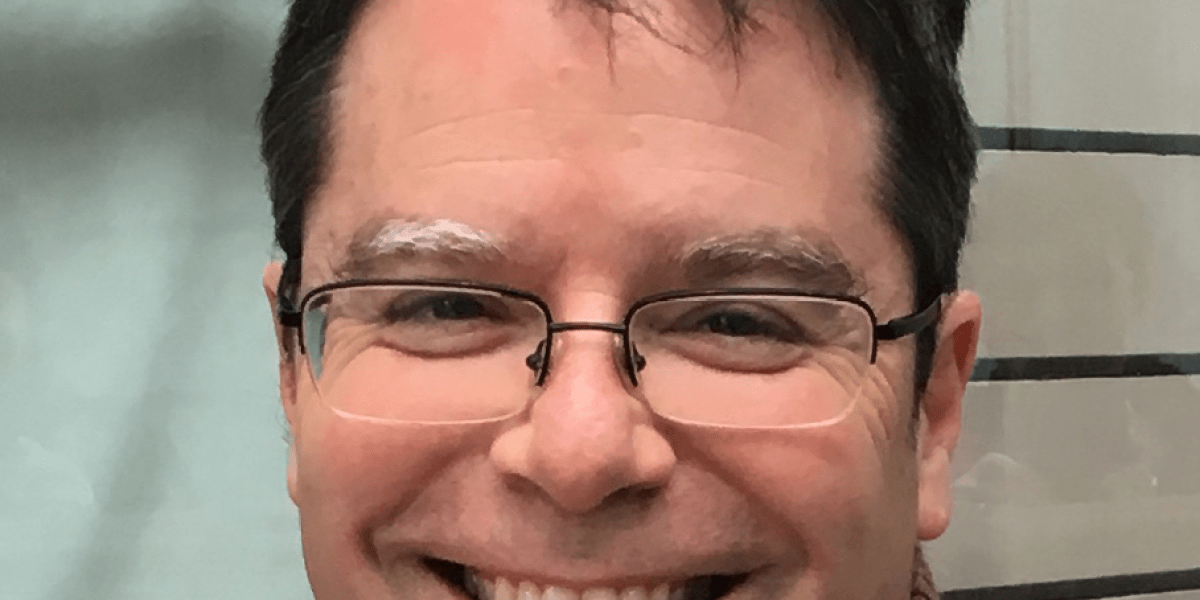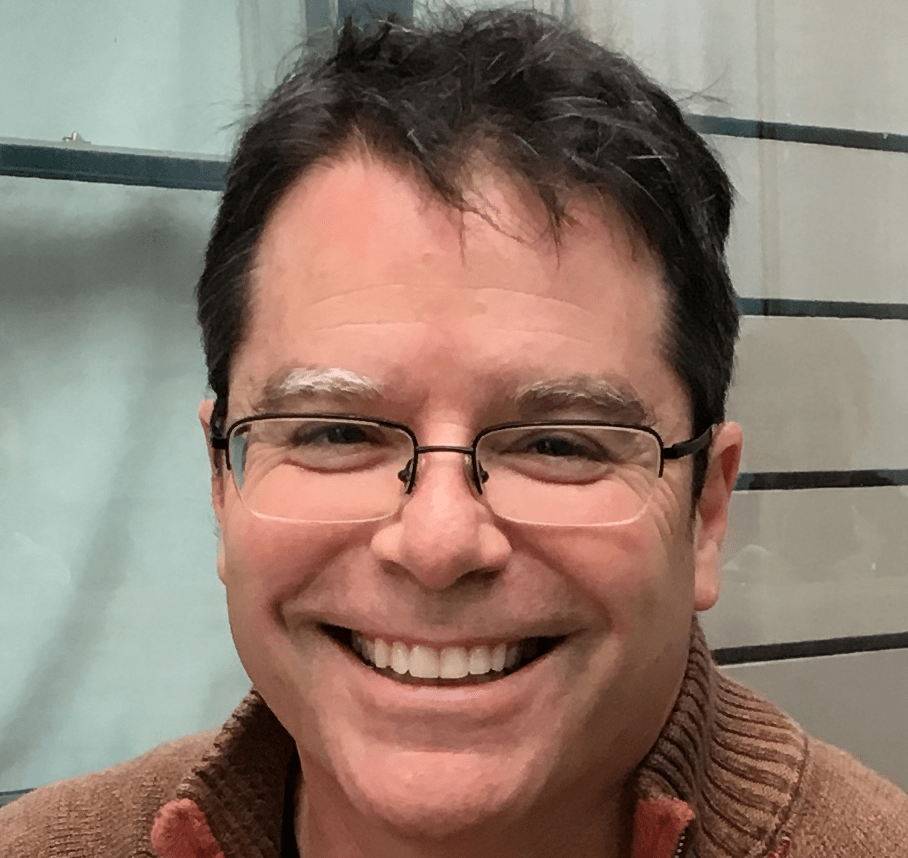The 25th-anniversary story of Accenture’s name, from the professional namer who led the project


It was Tuesday in August when we heard the news: Following years of public acrimony and litigation, arbiter Guillermo Gamba ruled that our client, Andersen Consulting, would have to change its name by January 1, 2001. This was part of a separation from its parent company, Anderson Consulting. We had four months to come up with a new corporate identity
In fact, we needed to create an entirely new brand system — identity, signage, business cards and more — which would be unveiled to a waiting world on 01/01/01. We quickly realized that we only had until late October, only 80 days away.
As Global Director of Naming and Writing at Landor Associates, Andersen Consulting’s branding agency of record, I was in an emergency meeting with all the major players in leadership and branding, advertising, marketing and PR.
The discussion on implications, roles, responsibilities, and timing of the rebrand was led by Andersen Consulting’s Global Managing Director of Marketing & Communications, a man whose previous role as Dick Cheney’s Chief of Staff at Halliburton lent the moment its particular gravitas.
Andersen Consulting was no ordinary client, and this would be no ordinary assignment. As I look back across 36 years of my career, Accenture stands alone among a thousand naming projects utterly unlike any other.
By 2000, I had four years under my belt at Landor directing naming, nomenclature, and name strategy for Andersen Consulting’s market-facing services and offerings.
I got the sense that Andersen Consulting’s work for its clients required an extraordinary level of precision and diligence. When you design and implement business and technology systems, strategy processes, and change management initiatives for massive enterprises and entire countries, as Andersen Consulting did, mistakes aren’t an option.
I enumerated the myriad obstacles to global availability, quantifying the magnitude and sheer difficulty of the challenge: 47 countries and dozens of trademark classes the new name would need to clear; thousands of trademark filings cluttered the registers every month; millions of unavailable internet domains. I scrawled these numbers with a thick marker on a large Post-It pad for all to see.
A stealth project gone public
Without exception — other than this one — naming projects are stealth. The nature of a yet-unannounced product or incipient organization demands confidentiality. And yet, there I was, leading a renaming kickoff meeting that, thanks to the very public separation of Andersen Consulting and Arthur Andersen, the entire world was aware of.
Andersen Consulting would enlist their entire workforce — 65,000 professionals — to create and submit names. I was tasked with drafting the naming brief and collaborated to design a process that would be productive and structured.
I always thought company naming contests were largely a waste of everyone’s time. But this “brandstorming” initiative, as Andersen Consulting called it, was important to the client, so it would be as serious and disciplined as every other aspect of the rebranding.
In my heart, I knew it would make a great story if Andersen Consulting’s new name came from one of their own; a testament to the strength and intelligence of their 65,000 consultants. I began to feel a personal responsibility to find the right name among their lists, even knowing that a Landor-created name would give my employer more to crow about.
But this was no typical project. Instead of weeks allotted for each wave of creative development, the client directed us to present new names every few days. With that interval, there wasn’t time for legal screening, so once or twice a week we’d sit down with the client and review long lists of mostly unavailable names, some from Landor’s work, others from employee contributions that I selected.
In retrospect, nearly every naming best practice — allowing sufficient time for creative development, prescreening names, even avoiding company-wide brainstorming — was set aside on this project. What might have looked risky elsewhere became business as usual here. The unconventional process worked. Our clients kept an open mind as we reviewed names, neither dismissing them frivolously nor falling in love with unscreened candidates that were probably already trademarked and unavailable.
Over the following weeks, a massive 550 names were sent to Andersen Consulting’s attorneys for full legal screening. An astonishing 51 cleared, an order of magnitude beyond a typical project where only a handful of names ever reach that stage. Each of those 51 legally vetted names then underwent global market research and a native speaker check, while Landor was tasked with developing 51 unique visual identities.
Even the linguistic vetting was monumental. I was asked to compile every language spoken across Andersen Consulting’s 47 countries.
In the end, 65 languages were tested, three native speakers for each, to ensure no unintended meanings slipped through. To this day, I don’t think any naming project in history has been vetted so thoroughly.
October arrived. Andersen Consulting convened its 2,500 senior partners in Miami to coordinate a smooth changeover on January 1st. I was slated to present 51 names live from the auditorium stage, with partners voting for their top choices on printed ballots.
Then plans changed: maybe someone grew nervous about my live name presentation. The decision was made that I’d deliver it to a camera instead, so handlers whisked me to a hotel room that had been transformed into a makeshift film set, complete with telegenic backdrop and blinding Fresnel lights. As ever, the film crew loomed, poised to document the moment.
As cameras rolled, I sold each name as best I could, enumerating their relative strengths, implications, and opportunities. Somewhere, the footage was edited to perfection before being screened for 2,500 senior partners in the audience.
Accenture was already a leading name among Andersen Consulting’s C-Suite. CEO Joe Forehand, to whom I had presented several times, was keen on it. When the senior partner votes — tallied in a spreadsheet — showed Accenture leading the next-best name by a wide margin, it seemed like fate.
It also seemed … odd.
Votes in large groups tend to spread across a group of names. When, as in this instance, 2,500 people vote on 50 names and one runs away with it, something else is at play.
Accenture was a solid, strategic name to be sure, but so were others. But I also think people naturally gravitate towards what feels familiar. Show someone a list of potential names and ask which one they “like” best, and they’ll choose the name that rings a bell.
The name Andersen Consulting was often shortened to AC. AC.com was their URL. Andersen’s logo, designed by Landor, featured a capital A with a superscript C (nicknamed “A to the power of C”).
This was the only name that began with AC. It offered a little familiarity while also offering strategic rationale as an “accent on the future.”
Twenty-five years since the birth of the name Accenture, they have grown from 65,000 employees to 779,000, and their revenue has gone from $11.44 billion to $69.67 billion. I can’t imagine better measures of success for the naming project of a lifetime.
The opinions expressed in Fortune.com commentary pieces are solely the views of their authors and do not necessarily reflect the opinions and beliefs of Fortune.





